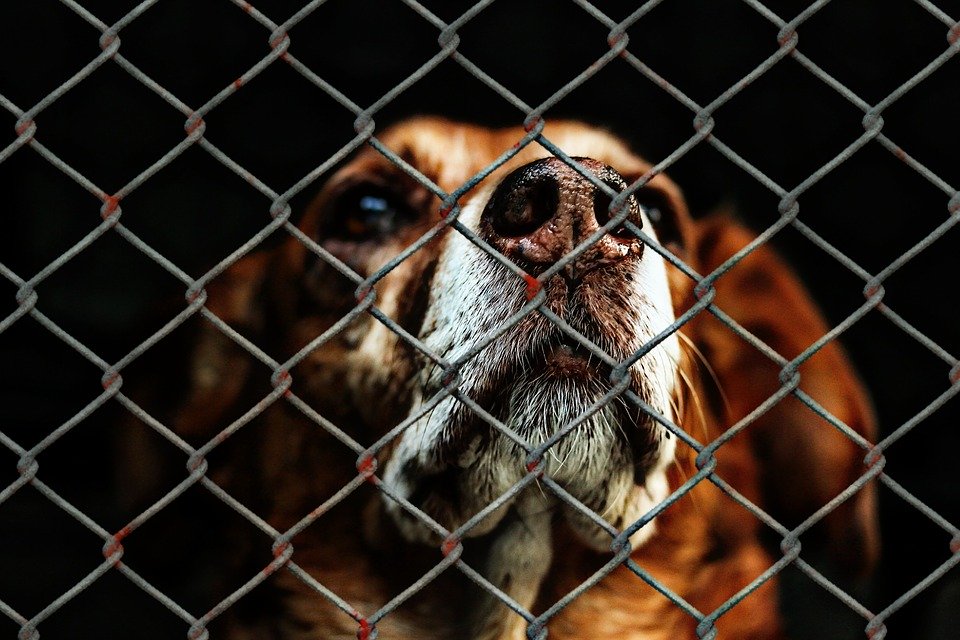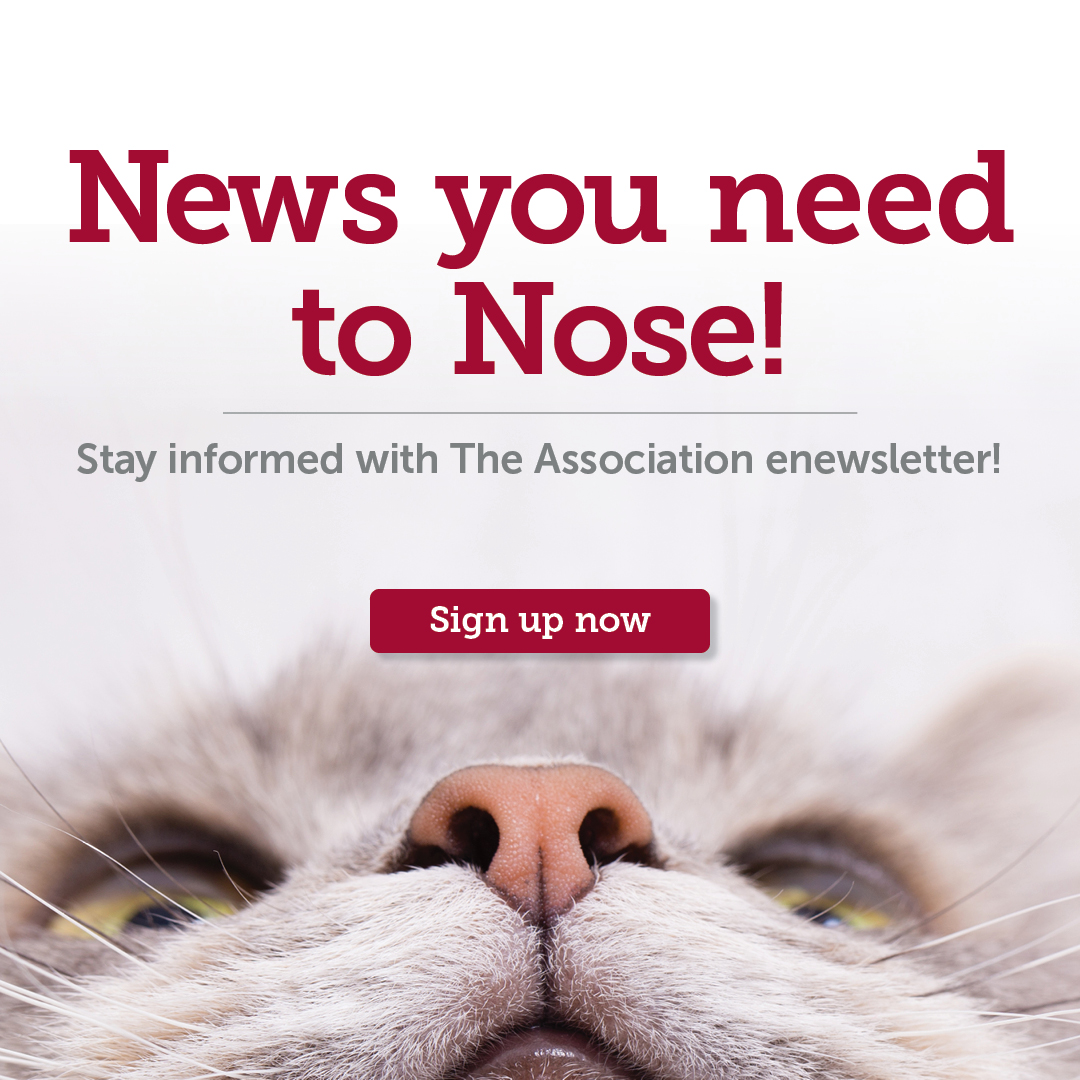News, ideas & inspiration from industry leaders

If Your Adoption Policies Put Up Barriers, You’re Part Of The Problem
This three-part blog is the result of a conversation between The Association’s Katherine Shenar, Ed Jamison of Dallas Animal Services, and PetHealth’s Steve Zeidman. Each offers a unique view on a complex topic that’s more relevant than ever—adoption policies, and how they can reflect biases against underserved and marginalized communities. We invite you to dig into this query with them.
“We should talk about this…”
by Katherine Shenar, Executive Vice President, The Association for Animal Welfare Advancement
A friend recently asked my opinion because his team had raised concerns around some of the questions on his shelter’s adoption application. He admitted that, for a variety of reasons, he simply hadn’t reviewed it. As a leader, he is always strategically focused, and his time is taken up with meetings, community relations, and human resources. Having been in his shoes before, I immediately empathized and quickly reviewed the adoption application—and found myself editing, striking, and re-wording most of it.
Along with my edited version, I sent him an email saying simply, “We should talk about this.” Then I called him to review the application, and we went over it together, line by line.
I shared my recommendations to eliminate what I considered discriminatory questions, such as home ownership status, numbers and ages of household members, and whether or not the applicant had ever re-homed a pet. None of these questions surprised me, as they remain on thousands of animal adoption applications around the nation. What did surprise me, however, is that these screening tools, designed to discriminate and reflective of a dangerous, ugly societal bias, are based on suppositions, rather than factual data. What do we know about pets in homes in underserved communities? Does the 12-page adoption application send the message that more economic resources means a better, more loving home—or that fee-waived adoption promotions will attract undesirable adopters?
During our Spring 2020 Conference – our first virtual conference – The Association offered a panel discussion with leaders in animal welfare on the topic of Diversity, Equity, and Inclusion. Facilitated by Amanda Arrington of The Humane Society of the United States and Johnny Jenkins of PetSmart Charities, who co-chair The Association’s Diversity, Equity, and Inclusion Leadership Committee, this panel was comprised of Jose Sandavol, Commissioner for the Department of Los Angeles Animal Services; Gabrielle Chapman, Pets for Life Social Justice Senior Analyst for The Humane Society of the United States, and Ed Jamison, Director of Dallas Animal Services, City of Dallas. A significant highlight of the panel for me was Jamison’s invective about adoption policies needing to change because they perpetuate systemic racism and discrimination. As he put it: “If your adoption practices put up barriers to anyone, you’re a part of the problem.” I nodded my head affirmatively, but it was Steve Zeidman of Pethealth who started wondering about what the data really tells us.
I asked Ed to elaborate further on his reasons for calling for change, and urged Steve to dig deeper into the data. Like me, you’re probably curious about what they discovered.
“It’s Easier To Buy a Used Car Than to Adopt in Some Places”
by Ed Jamison, Animal Services Director, City of Dallas
For the more than 15 years I’ve spent in animal services, I have always tried to remind everyone that people are the main part of the solution if we want to help animals. I haven’t always been cognizant of how our policies and protocols are biased against people of many circumstances, but it has never been more clear that many long-accepted practices directly discriminate against people of color. For example, Animal Care and Control systems are rooted in police culture and adhere to punitive actions with financial consequences, even after most in the country have embraced finding responsible positive outcomes for as many animals as possible.
Perhaps even more importantly, socioeconomics plays the most significant role in discriminatory practices. Gabrielle Chapman, Pets for Life Social Justice Senior Analyst for The Humane Society of the United States, recently shared findings with me and others on The Association’s Leadership Committee for Diversity, Equity, and Inclusion from the Federal Reserve System’s study* on family wealth. According to the Federal Reserve System’s 2017 report on “Recent Trends in Wealth-Holding By Race and Ethnicity,” white families have the highest median net worth at $171,000, whereas Black and Hispanic families have considerably less. Hispanic families have median wealth of $20,700, and Black families are at $17,600. These wealth disparities speak to why asking if someone owns or rents their home is discriminatory. The rationale that this question is asked to ascertain landlord approval falls short because most adoption procedures don’t also seek formal permission from the home owner – it is just assumed.
One of the many things that attracted me to apply for the City of Dallas Director position was the City Officials’ proactive approach. They aimed to equitably find solutions to the high numbers of loose dogs, bolstered by a commitment from private funders to support pet ownership programs in 23 of the neediest zip codes in Dallas. Animal welfare organizations so often miss the fact that they maintain policies that create barriers that will alienate populations within the communities that most need to be embraced. When we erect financial barriers, such as costly return-to-owner fines or exorbitant adoption fees, and judge pet owners or potential adopters by their willingness to pay high fees, we are sending a strong message of exclusion. There is no reason to believe a person living in poverty is unworthy of experiencing the unconditional love of a pet.
When we ask if someone rents or owns their home during the adoption process, we are immediately segregating them from more affluent adopters. When we ask if they ever had to re-home a pet, we are judging them based on the resources they’ve had available to manage through life challenges. Isn’t it hypocritical that we create short-term foster programs like “doggy day out,” or “weekend foster,” but somehow, we criticize when a pet isn’t a good fit for the home and an animal is returned to the shelter after an adoption?
When we hold reduced or fee-waived adoption events, members of our community, donors, volunteers, or others in our tribe question the quality of those homes because they assume the adopter is poor and therefore incapable of being a good pet owner. So too come the inevitable questions from donors, volunteers, and staff about increased adoption return rates from low or fee-waived adoption promotions, even when we know this to be most true: Your net worth is not a barometer for your ability to love a pet.
What Does Your Return Rate Really Say About Your Shelter’s Policies?
by Steve Zeidman, Senior Vice President, Pethealth, Inc.
In 1999, leaders of animal welfare management at the national level began to question adoption processes. Specifically, they were looking at the strict policies put in place with the intent of identifying the best possible adopters for all animals in need, and organizations that were determined to find ideal adopters for every pet in their charge. As a result, the Adoption Forum saw its first publication introducing the concept of open adoptions. I was lucky that the Executive Director of the shelter where I was working at the time was part of that group of leaders. I had continually wondered how, as a government shelter in New York City, we could possibly expect adopters to live up to a standard that was unattainable for most residents?
While there are other factors that might contribute to one approach being more effective than the other, the impact of restrictive adoptions vs. open adoptions has been and continues to be measured by the return rate of adopted animals.
Based on that knowledge, we decided to look at the return rates over the past 10 years from the data within PetPoint. This includes approximately 1,400 organizations, ranging from small rescues to large government animal control organizations. Since we do not know the adoption policies of individual shelters, we made two assumptions:
- Over time, more shelters and rescues have removed barriers to adoption, so if removing barriers negatively impacted return rates we would see the return rates increase over the last 10 years.
- Different organization types have moved at different speeds to implement more open adoption policies. So, for YTD 2020, we looked separately at rescues, private humane societies, and animal control organizations. For this review, we grouped private humane societies with government contracts and animal control. Assuming Animal Control Organizations have been more aggressive in removing barriers, their return rates should be notably higher than other groupings.
The results will not surprise anyone who has studied this.
- From 2010 to 2019: The return rate has ranged from a low of 7.8% in 2011, 2012, 2018 to a high of 8.6% in 2016. The data shows there has be no statistical change in return rates over time.
Rates by Organization Type (Year to Date 2020):
- Rescues: 7.8%
- Private Humane Societies: 8.1%
- Animal Controls Organizations: 8.2%.
Similar to the results from the 10-year data analysis, we also saw no statistical difference in return rates based on the type of organization.
Over the last 10 years the data shows no material change in return rates. The industry shift to open adoptions has not resulted in an increase of adopters returning animals. We hope these insights help alleviate concerns for leaders and their boards hesitant to remove restrictive requirements on adoptions.
Thanks, Katherine, Ed and Steve. So now we know: the return rate at rescues and animal shelters across the nation has remained between 7.8 – 8.6% for more than a decade. There is absolutely no statistical difference while the field moves toward open adoptions, and fee-waived and reduced-fee adoption events become the norm.
As a leader in animal welfare, when was the last time you reviewed programs, processes and communications for inherent bias? Are you still asking adopters if they rent or own their home? Do you still ask for a veterinarian referral? When was the last time you questioned and assessed your adoption procedures, volunteer applications, or other daily practices with your team?
Now seems to be the right time to evaluate and self-reflect on what biases and assumptions we make every day and how we are contributing to systemic racism and discrimination. Please share your thoughts in the comments so we can keep the conversation going.
Additional Resource
Commitment to Action: Diversity, Equity, and Inclusion in Animal Welfare (Panel Discussion from the Spring Conference for Animal Welfare)



I have to say that this article made me think about our adoption application (which we just reviewed). However, I don’t believe our question regarding owning or renting is intended to be a “barrier.” We simply do a landlord check to ensure the animal is actually allowed on the property. By doing this, I believe we have anecdotally reduced the number of animals returned, as we also ask if there are any breed restrictions on the property (We also ask home owners if they have an HOA with breed restrictions). Many Pit Bulls and Pit-Mixes would have been returned, post-adoption, without this check, as well as other dogs and cats who were simply not allowed. We also understand that “things happen,” and part of our adoption contract requires the adopter to return the animal to us should they no longer be able to care for the animal, for whatever reason, thereby providing a safe return for that cat or dog, and giving the adopter a positive option. That being said, I am going to forward this article for discussion with our staff to hear their thoughts and reactions. I think this is an excellent forum. Thank you.
I am an African American woman who is in the process of putting in applications at this very moment for a family pet and have found the process very enlightening and concerning. I’ve been an animal advocate for decades, working both as a professional and volunteer, but only recently came to realize that I’ve never adopted directly from a shelter or rescue. All of my dogs, cats and other animals have come from family or friends who could no longer care for them. They were prevented from ever needing to enter the shelter system in the first place. I’m applying to numerous organizations, hoping for the best match for our family.
The process of applying to adopt has at times been more than intimidating. Though I’ve had some very positive experiences with some orgs, I’m sometimes met with suspicion at others. I have a distinctly African American name. Recently, when I asked an org rep about a basic question about a particular pet on Petfinder, I did not receive any answers. Instead, I was automatically forwarded an application, which by my estimate would take an hour to fill out, asking for at least three references, place of employment and personal health questions, questions about my neighborhood, and a contract stipulating unannounced home inspections after adoptions. The application further stipulated the type of housing required, which was far more basic than what we would provide. What the rep probably didn’t realize was that I had already filled out several other applications, was looking for a senior pet most likely to be compatible with the one we already have. That might be like looking for a needle in a haystack, and they only had one that seemed to potentially match this criteria. The application didn’t allow space for explanations. Only a “yes” or “no.” It felt like True/False interrogation. Despite good intentions, many who aren’t familiar with the process would read this as an attempt to exclude, especially for those who have traditionally been excluded from so many places.
I’ve attempted to contacted this rescue on multiple occasions, only receiving a brief text that they’d call me back. They never did. I did a bit of browsing on their social media site. Out of all of the placements this particular organization has posted on social media throughout a number of years (and they post pretty much all of them), I haven’t found a single person or family of color as an adopter. This particular community is a very diverse one, so I should have taken that as a red flag. The pet that I inquired about is still available for adoption taking up valuable space, looking for a home that may come months or years from now, if ever.
Just out of curiosity, I browsed newborn baby adoption applications online to find that many of those are far less restrictive than what some animal rescues and shelters have developed to adopt companion animals. At the outset these applications tended to be more friendly, with an eagerness to find the right match, attention to the preferences of the adopter, and gratitude for the inquiry, in addition to all of the screening questions. I’m glad that these issues are being explored in depth. They certainly deserve attention. At minimum, I believe organizations should take the time to put themselves in the adopter’s shoes, and perhaps even take the time to explain the reasons why a particular question is being asked directly on the application. Ideally, however, they would remove as many barriers as possible. One negative experience has the potential to forever poison one’s view of the sheltering system, as well as their community’s view.